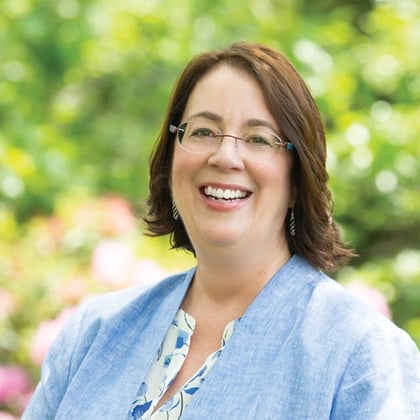What You Need to Know
- There were two other mistakes in the advice from the financial professional in Part 1.
- Since Lucia is still subject to the earnings limit test, she likely will get no Social Security payments in 2021 or 2022.
- Spousal benefits are based on the higher earner’s primary insurance amount, not the monthly amount the higher earner receives.
Editor’s note: This is Part 2 of the first “Connecting the Dots” column by Social Security and retirement specialist Marcia Mantell. In each column, she will feature real-life client issues regarding retirement and explain how advisors can solve those problems.
In Part 1, published April 30, we discussed some Social Security advice given by a financial professional. Did you spot his mistakes?
This is not meant to be a throw-someone-under-the-bus situation. Rather, it’s a real example of how easy it is to miss the connecting dots when an advisor is asked a specific question out of context. It’s critical to take a step back and insist on a more comprehensive picture.
Where Part 1 Left Off
Tony (born in 1953) and his wife, Lucia (born 1956), thought they would get nearly $1,400 in extra cash each month because Tony is eligible for the “restricted application.” To do so, Lucia must claim her benefit early.
The advice they got did not factor in Medicare premiums and their income-related monthly adjustment amount (IRMAA) additional cost for Part B. Their actual Social Security checks would be cut in half, and they would not receive as much extra cash as they were promised.
But that is not the biggest problem with the advice they received. There are two other major flaws:
Lucia Will Not Receive Payments From Social Security!
Another easy-to-miss connecting dot is the earnings limit test.
The advisor didn’t ask for details about Lucia’s freelance income. She estimates she’ll bring in at least $50,000 this year from a multi-year contract, plus $40,000 already lined up for 2022.
Because Lucia will not reach her full retirement age (FRA) of 66 and 4 months until 2023, she is subject to the earnings limit test. Any income over the current $18,960 threshold will create a clawback of her benefits. In her case, her income reduces her payments in 2021 to zero, and likely zero in 2022 as well.









 June 01, 2021 at 05:15 PM
June 01, 2021 at 05:15 PM











